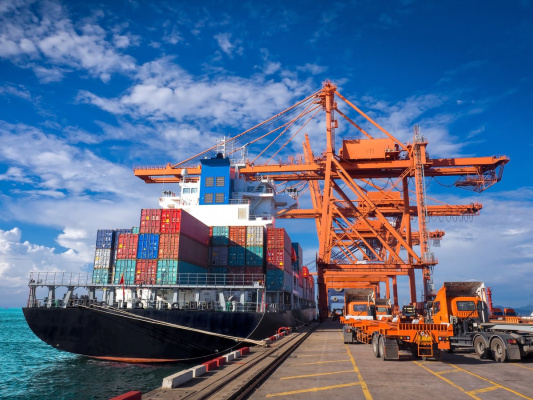Shipping market and shipbuilding: main trends and forecasts

According to forecasts of experts from the United Nations Conference on Trade and Development (UNCTAD), in the short and medium term, the rate of annual growth in maritime trade will slow from 2.9% to 2.4%. Nevertheless, the demand for the existing tonnage and new construction will remain quite high, and the final consumer of imported goods will pay for the additional profits of shipowners and shipbuilders.
According to UNCTAD research, the impact of the Covid-19 pandemic on the maritime industry was not as critical as it was anticipated at the turn of 2019-20, but the consequences of the global epidemic for all its segments may be quite long-term.
Although the volume of maritime trade (and, accordingly, the sea freight traffic decreased by 3.8% in 2020, a 4.3% increase in this indicator is expected in 2021. The mid-term forecast for the industry remains quite encouraging. in particular - for shipbuilding.
Thus, the number of orders for the construction of new ships in 2020 decreased by 16%, however, already from the first quarter of 2021, a clear upward trend began to form in this market segment. The main catalyst for the active growth of the global portfolio of new construction was a sharp increase in demand for the transportation of container and bulk cargo, and, consequently, for new (and, as a rule, larger) container ships and bulk carriers.
The demand for LNG and oil tankers, as well as for specialized drilling vessels and platforms for the development of offshore oil and gas fields, is recovering with some lag and a somewhat slower pace.
However, while new ships are just being laid on the stocks or preparing for delivery, a sensitive imbalance between the demand for transportation and the supply of available tonnage leads to an increase in freight rates, in particular, for the transportation of containers.
UNCTAD states that if this trend continues, by 2023, import prices, on average, may rise by 11%, and for island states - by almost a quarter compared to current indicators. As for consumer prices, an uncontrolled increase in freight rates in the period under review may lead to their growth by 1.5-2.2% globally and 7.5% for countries critically dependent on sea imports.

